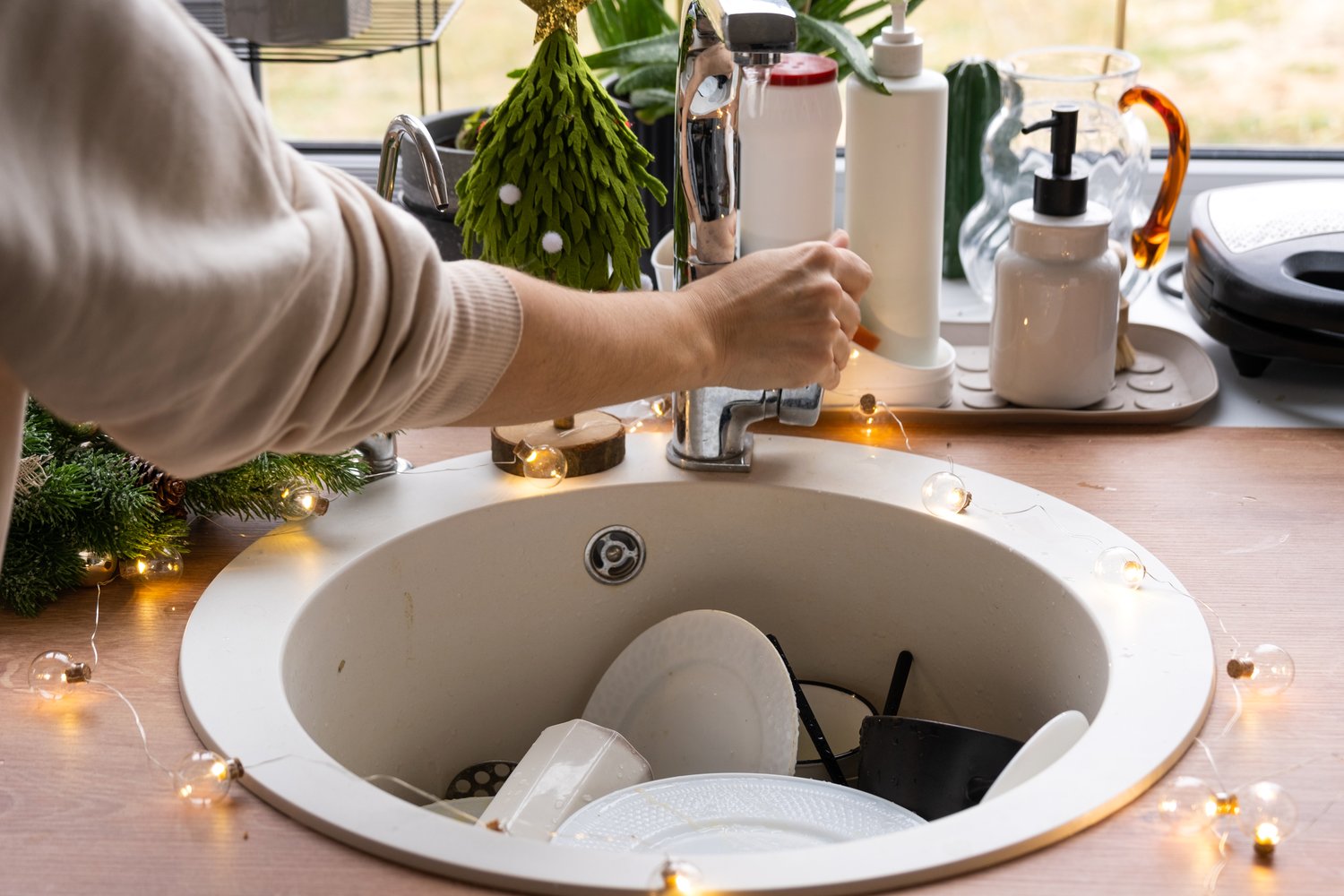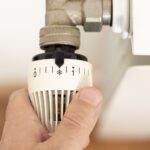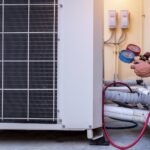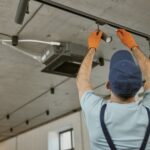Imagine settling into your hot tub after a long day, only to find the water tepid and uninviting. Maintaining the heater in your hot tub isn’t just about comfort; it’s about efficiency and prolonging the life of your investment. In this guide, we demystify hot tub heater repair, providing you with the knowledge to keep your spa experience consistently warm and enjoyable.
- Understand the fundamental components of your hot tub heater to effectively troubleshoot and address common issues.
- Identify frequent heater problems like temperature inconsistencies and find straightforward solutions.
- Discover the essential tools and techniques needed for hot tub heater repair, ranging from basic maintenance to more intricate fixes.
- Learn preventative maintenance tips that extend the life of your hot tub heater, saving you time and money.
By the end of this article, you’ll be equipped with the practical skills to tackle most hot tub heater issues confidently. And remember, knowing when to seek professional assistance is crucial for those complex repairs that ensure a worry-free soak every time.
Understanding Hot Tub Heater Repair Basics
The first step in effective hot tub heater repair is understanding the basic components of your heater system. This knowledge is essential for diagnosing problems and determining the right solutions. Key parts of the hot tub heater include the heater element, thermostat, and pressure switch. Each plays a crucial role in maintaining the water temperature and ensuring efficient operation.
The heater element converts electrical energy into heat, warming the water as it circulates through the system. A failure in this component can lead to cold water, showing the need for attention to its condition.
The thermostat controls the temperature, signaling the heater element to switch on or off to maintain consistent heat levels. Issues with the thermostat can result in an inability to achieve the desired water temperature.
Lastly, the pressure switch ensures there’s adequate water flow before the heater is activated, preventing overheating and possible damage. If the water flow is obstructed, the pressure switch can malfunction, shutting off the heater prematurely.
Understanding these components and their interactions provides a foundation for troubleshooting and repairing your hot tub heater effectively.
Common Hot Tub Heater Problems
Hot tub heaters can face several common issues, impacting their efficiency and causing frustration for users. Recognizing these problems early can help in addressing them before they escalate.
Heating failure is a prevalent issue encountered by hot tub owners. This can be caused by a burnt-out heater element or a tripped circuit breaker, which disrupts the heater’s power supply. Checking these components should be a priority when heat is lost.
Temperature inconsistencies often occur due to a faulty thermostat. If the water is too hot or remains cold, recalibrating or replacing the thermostat might be necessary.
Another frequent problem is the tripping of the pressure switch. Blocked or insufficient water flow can trigger the pressure switch, preventing the heater from activating. Cleaning filters and ensuring proper water levels can resolve this issue.
Identifying these common issues promptly helps in maintaining your hot tub’s performance and ensures a relaxing bathing experience without interruption.
Tools and Techniques for Hot Tub Heater Repair
Repairing a hot tub heater may seem daunting, but having the right tools and employing effective techniques can streamline the process significantly. Essential tools such as a multimeter are invaluable in troubleshooting electrical issues within the hot tub heater. Likewise, having a reliable set of screwdrivers and wrenches can assist in accessing and replacing faulty components conveniently.
When it comes to techniques, identifying common problems like heating element failures or thermostat issues often involves initial testing using a multimeter to check for continuity or electrical flow. For more complex solutions, such as replacing a malfunctioning heating element, a systematic approach involving shutting off power to the hot tub, draining the unit, and carefully removing and installing new components is crucial.
Don’t overlook the importance of using protective gear and adhering to safety guidelines to prevent accidents during repairs. Having a detailed manual specific to your hot tub model can also offer crucial insights and steps, especially for more advanced repairs.
Preventative Measures Beyond Hot Tub Heater Repair Basics
Regular maintenance of your hot tub heater is key to preventing extensive repairs and ensuring its longevity. One effective preventative measure involves routine cleaning of the heater’s components to prevent mineral buildup, which can lead to blockages and malfunctions.
Additionally, periodically checking electrical connections for corrosion and ensuring all wiring is secure can avert many electrical issues before they become problematic. Implementing a regular schedule for replacing worn-out components such as gaskets and seals can further minimize the risk of leaks and mechanical failures.
Investing in a high-quality water softening system can be beneficial, as it reduces the risk of mineral deposits that can impair heater function. Always keep the hot tub covered when not in use to retain heat efficiently and reduce the workload on the heater. Regular monitoring of water chemistry is also vital, as imbalanced water can damage heater components over time.
Professional Assistance in Hot Tub Heater Repair
Understanding when to enlist professional assistance for hot tub heater repair is crucial for both safety and efficiency. While many minor issues can be handled through DIY solutions, several scenarios necessitate the expertise of a qualified technician. Large-scale or complex problems, such as electrical malfunctions or persistent temperature inconsistencies, are best left to professionals to ensure the integrity and safety of your hot tub.
It’s important to recognize signs that indicate it’s time to step back and seek help. If your repairs seem to only temporarily resolve the issue, or if you lack the necessary tools and experience in user manuals and technical schematics, consulting with an expert is wise.
Finding the right service provider involves several steps. Research electricians and plumbing experts who specialize in hot tub repair, ensuring they have a solid background and understanding of the specific hot tub heater systems used in your model.
Check for certifications that attest to their credibility and competence. Reading reviews and asking for recommendations can provide insight into their reputation and customer satisfaction. Remember that choosing an experienced professional for hot tub repairs not only resolves current issues but can also prevent future problems, extending the life and efficiency of your system.
Frequently Asked Questions About Hot Tub Heater Repair
Possible causes include a faulty thermostat, clogged filters, or a damaged heating element.
Inspect your heater at least once a month to ensure optimal performance and address any emerging issues promptly.
Common tools include a multimeter, screwdrivers, and a wrench set for basic diagnostics and repairs.
Basic fixes can be handled DIY, but complex issues should be addressed by a professional.
Regularly clean filters, maintain proper water chemistry, and check electrical connections to prevent common issues.
If the heater has persistent issues or if you’re uncomfortable with electrical repairs, it’s best to seek professional help.





